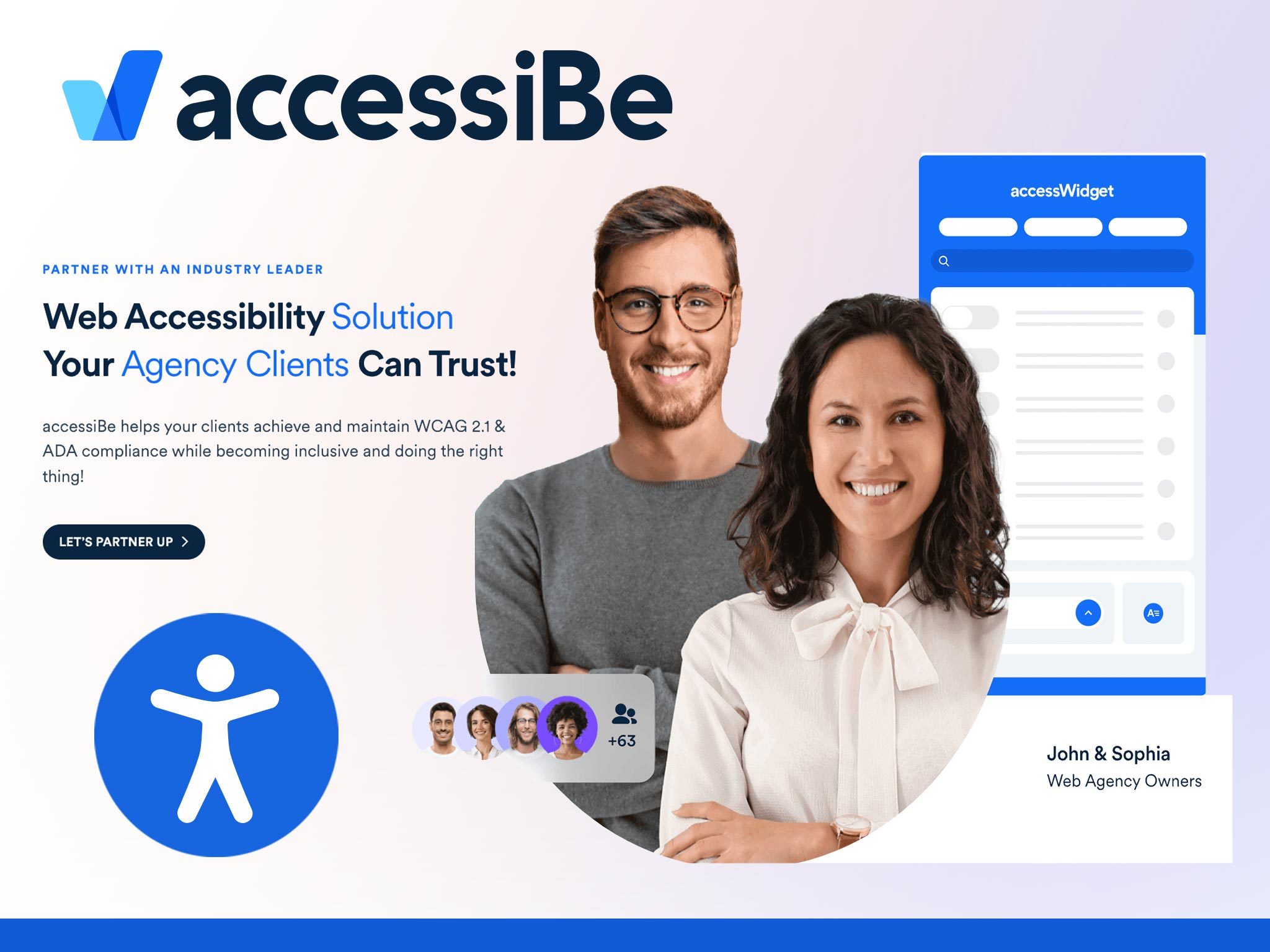Accessibility Tips!
Everyone should be able to enjoy your website , regardless of ability!
Our friends at accessiBe.com help you by streamlining accessibility, their solutions empower businesses of all sizes to take the inclusive approach and comply with ADA & WCAG. You can see it in action here on our website!
Defining accessibility goals and requirements is not a quick process. And it usually involves your legal team, confirming your audience needs and combining that with marketing missions (and budgets).
Discuss legal issues and requirements with your Legal Team
Since we are not lawyers, this would be a good time to include them in the discussion about the website accessibility requirements.
Create an action plan for the website
How often will accessibility be checked and updated? What changes need to be made to the back-end (CMS and CSS) vs. content (alt tag content, link text etc)? Who will make these updates? How will these be enforced moving forward – especially with video captioning?
Implement action plan with the team
Depending on the nature of the issue, a web accessibility issue may need to be addressed by different members of the web team: developer, content creator, or designer.
Developers
Developers create the systems for publishing web pages (back-end coding). These systems could be a server and file structure or a content management system (CMS). They may also set up the basic template structure and CSS that will be used with each page.
Some issues that developers might address include:
- Page level landmarks (for example: banner, navigation, contentinfo, search)
- Site-level navigation and search
- Magnification (for example: screen reader 3rd party tool or using your browsers zoom function)
- Form fields
- ARIA tags (NOTE: ARIA landmarks allow you to mark important parts of your web page, allowing adaptive technology users to easily move from one part of your page to another. All content on the page should be contained inside a landmark.)
Designers
Designers work with the developers to create the visual appeal of the web pages, via both the CSS styling and the layout. Web accessibility issues that are typically impacted by designers are:
- Color and contrast issues
- Onfocus styling in CSS for keyboard navigation
- Styling for link text (should be underlined and in a contrasting color)
- Menu navigation behavior and styling
Content creators
Content creators write and publish web pages. The web accessibility issues that may be addressed by people in these roles are:
- Logical hierarchical order of headings (H1, H2, H3 etc)
- Descriptive link text (not using “click here” but instead clear informative text)
- Descriptive alt text for images
- Use of list elements (bullet or ordered list HTML)
- In-line styling (for example: ensuring that bolding and italicizing is not being used as the only means for conveying information, which is inaccessible to screen readers)
- Correct table structures for data tables (Note: we try to avoid using tables as they aren’t responsive)
Our discovery phase includes requirements definition, plan and comparison of tools. Implementation phase includes completing the requirements changes into the existing website. There are many variables involved from site goals to measurement of success to maintenance. We would be happy to put together an audit of your site, create a task list and action plan.
We are your online consultants
We are your web designers
We are Your Plan B Company!
